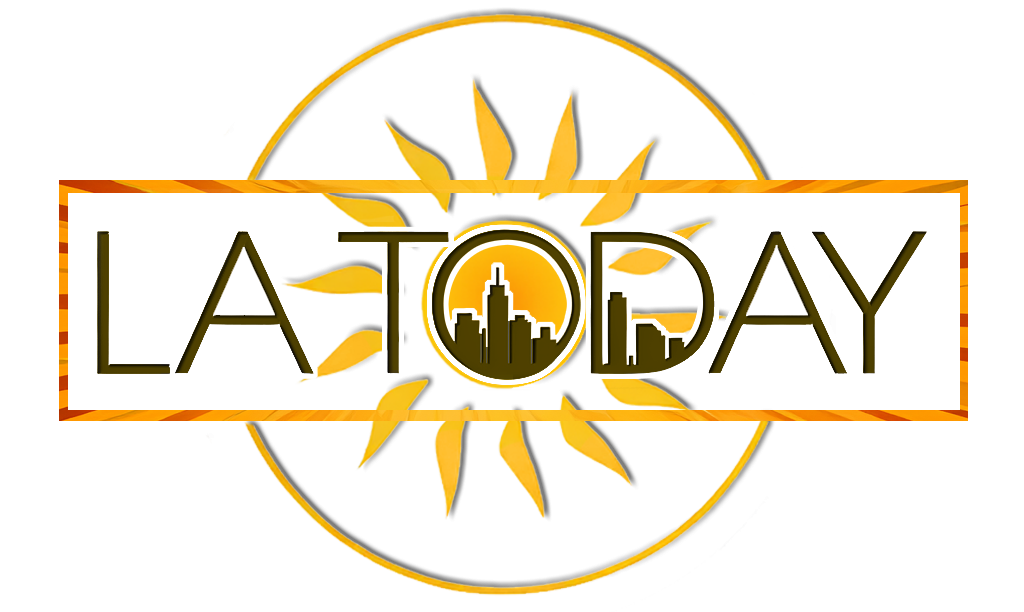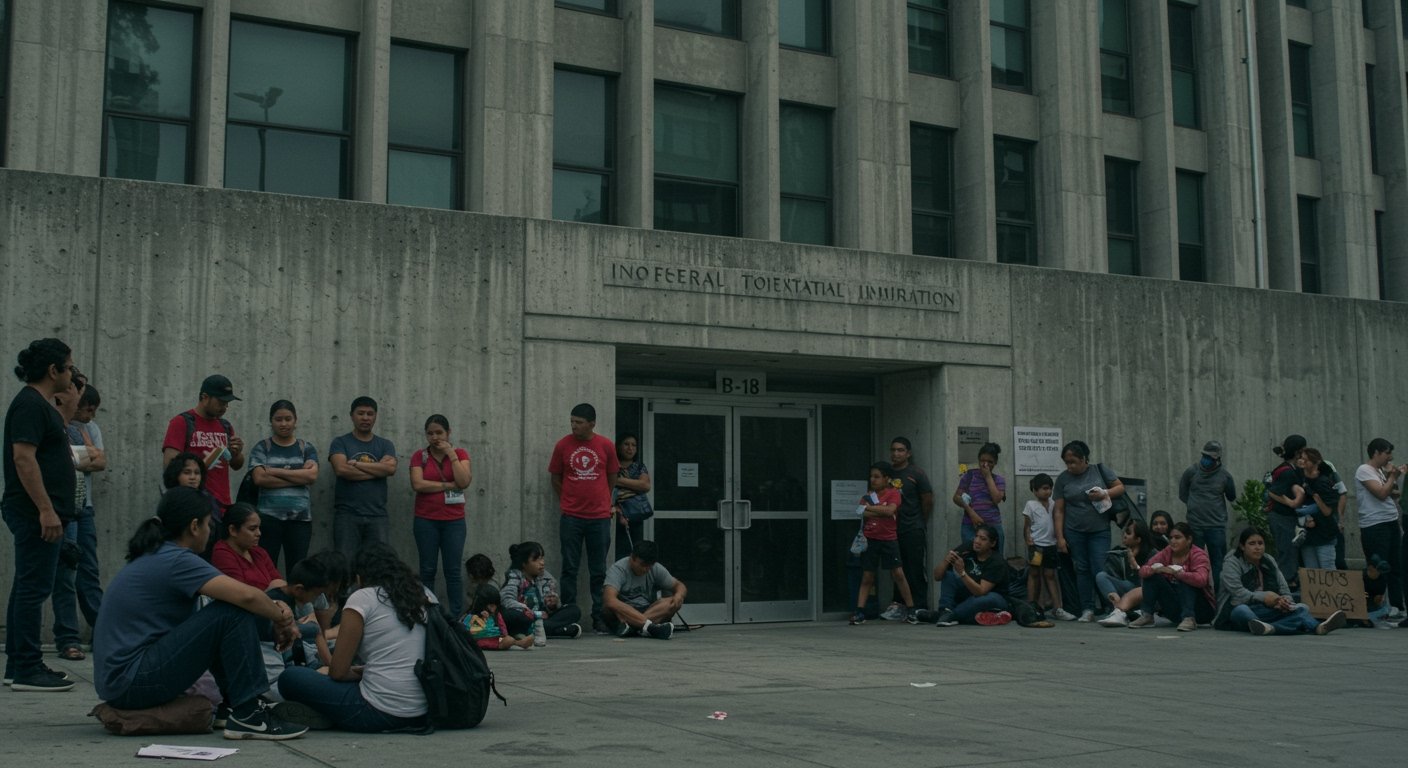Beneath the sun-drenched boulevards and boutique-lined blocks of Los Angeles lies a parallel reality: tent cities and makeshift shelters where thousands live without stable housing. While city officials tout new shelter beds and outreach teams, the voices of the unhoused—those whose daily existence unfolds on sidewalks, under freeway overpasses, and in city parks—often go unheard. This essay visits two of the most visible encampments in Venice and Highland Park, weaving together personal narratives, policy analysis, and on-the-ground perspectives to understand why Los Angeles’s ambitious goals for “ending homelessness” remain a distant dream for many.
The Scale and Scope of the Crisis
Los Angeles County estimates roughly 70,000 people experience homelessness on any given night—more than any other U.S. jurisdiction . The city proper accounts for nearly half that total, with hotspots forming wherever affordable housing has vanished. Despite billions spent on permanent supportive housing and interim shelters since 2016’s Measure H, homelessness has ticked upward each year: a 6.5% increase between 2023 and 2024 alone .
Policy scholars point to three core drivers:
- Housing Affordability Crisis: Median rents in L.A. exceed $2,500/month, pricing out lower-income residents.
- Inadequate Emergency Shelter Capacity: With only ~20,000 available beds, most unhoused individuals lack access to overnight facilities.
- Insufficient Mental-Health & Addiction Services: Decades of deinstitutionalization have left gaps in street-level care.
But these numbers mask the human toll—families torn apart, veterans sleeping in cars, chronically ill individuals left to fend for themselves.
Venice: From Bohemian Hub to Tent City
Roots of the Encampment
Once known for its eclectic boardwalk and artistic enclaves, Venice today hosts one of L.A.’s largest waterfront encampments. Between Ocean Front Walk and Pacific Avenue, clusters of tents, shopping carts, and personal belongings line the alleys. Outreach workers estimate over 1,200 people live here nightly .
Human Stories
- “I Just Want a Rooftop Again”
Former construction worker Luis Ramirez, 54, moved to Venice in 2019 after eviction from a South L.A. apartment. He lost both legs in a workplace accident and says he can’t navigate shelter intake processes. “I used to have a roof over my head and tools in my hands,” Ramirez reflects. “Now I’m grateful for dry pavement.” - The Family Camp
Under the Venice Boulevard underpass, young mother Sarah* (name changed) stays with her two toddlers in a single canopy. She recounts her partner’s overdose last year and her own struggle to qualify for any housing programs. “They told me to go to an intake center, but no one there took my kids. So we stay here.”
City Response
Councilmember Traci Park has sponsored mobile clinics and needle-exchange vans, but admits, “Our biggest bottleneck is shelter placement—there simply aren’t enough beds for everyone who needs one.” The city’s “Safe Sleep” sites have added 600 spaces, yet demand outpaces supply by a ratio of nearly 3:1 .
Highland Park: A Crossroads of Gentrification and Displacement
Encampment Emergence
In Northeast L.A., Highland Park’s encampment sprawls along York Boulevard and adjoining alleys. Here, newer arrivals—often formerly housed families priced out by gentrification—join chronically unhoused veterans and mentally ill individuals.
Personal Portraits
- Veteran’s Vigil
Air Force veteran Marcus Greene, 62, sleeps in a shopping cart–lined alcove. Discharged after PTSD diagnoses, Greene found his disability payments insufficient. “They told me ‘you’ve earned an apartment,’ but the waitlist is years long.” - Generational Displacement
Twenty-six-year-old Isabel Morales grew up blocks from her current tent. “My family lost our rent-controlled unit when my aunt got sick,” Morales explains. “By the time I turned 21, there was nowhere left for me to live here.”
Community Activism
Local nonprofit Avenue 50 Studio launched “Art from the Streets,” pairing unhoused artists with gallery shows to raise funds for tiny-home projects. Pastor David Kim of Highland Park United Church converted part of his lot into a sanctioned encampment with porta-potties and security—a model mimicked by other faith groups.
Policy Analysis: Where Los Angeles Stumbles
Shelter Shortages and Bureaucratic Barriers
Despite increased budgets—L.A. spent $1.2 billion on homelessness in FY 2024—system capacity remains static. Many shelters impose sobriety requirements or time-limited stays, deterring those with substance-use disorders.
Zoning and NIMBYism
Attempts to build new supportive housing often stall against neighborhood opposition. YIMBY advocates argue that layered regulatory hurdles—CEQA reviews, discretionary approvals, impact fees—inflate costs and timelines.
Funding Allocation
State grants (e.g., No Place Like Home) funnel money into capital projects, but operating subsidies lag. Without sustained funding for case managers and behavioral-health staff, many units sit vacant awaiting services.
Toward Solutions: Innovations and Hope
Tiny-Home Villages
Pilot programs in Skid Row and Pacoima demonstrate that clustered tiny-home “villages” coupled with wrap-around services can reduce chronic homelessness by 30% among participants.
Street Medicine Teams
UCLA Health’s “Street Medicine” initiative sends doctors, nurses, and social workers directly into encampments, dramatically lowering ER visits and hospitalizations for unsheltered patients.
Housing First Models
Cities like Salt Lake City and Houston have reversed homelessness trends through Housing First—prioritizing permanent housing over preconditions. L.A. Mayor Karen Bass has pledged to expand such programs, though scaling remains a challenge.
Conclusion
The encampments of Venice and Highland Park represent more than policy failures; they embody the intersection of economic inequality, health-care gaps, and civic will. To truly “end homelessness,” Los Angeles must move beyond emergency responses to structural reform: streamlining housing production, bolstering mental-health services, and funding care on the streets themselves. Until then, thousands will remain unhoused and unheard—tents where hope flickers but shelter remains out of reach.





